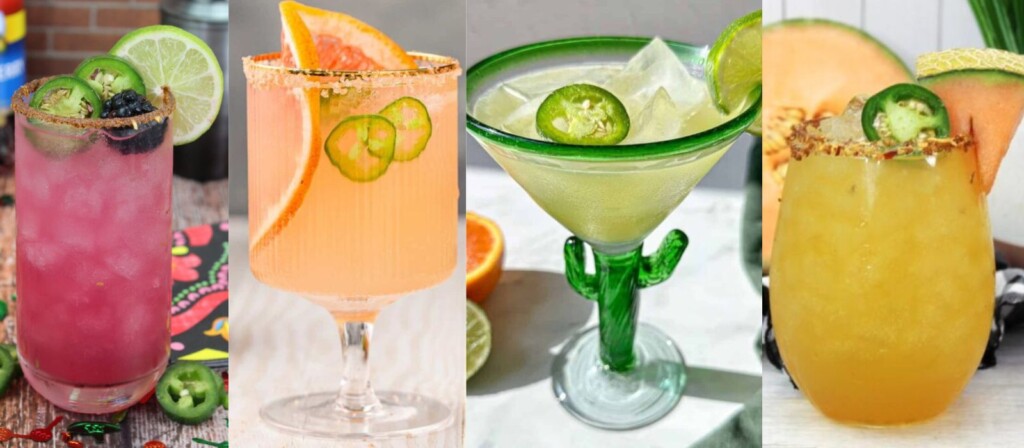Sweet wine is a delicacy most commonly enjoyed alongside dessert dishes. However, it’s more than just an accompaniment to a meal course. Join us on a tasting adventure and learn a thing or two that will impress your dinner guests. In this guide, you will learn about a few different types of sweet wines and how they are made.

Sweet Wine is Made with Noble Rot
You’re gambling with mother nature when you allow your grape crop to become infested with the coveted noble rot. However, this is exactly how we get our sweet wines.
This grey fungus, known as noble rot, takes hold of grapes left on the vine. Through humidity and cooler conditions, it creates a variety known for its sweetness. It’s how our lovely dessert wines come to be.
The proverbial ‘rot’ is developed under the right atmospheric conditions and left to infest the grape crop with a grey fungus that elicits a sweet yield before it’s macerated into our favorite scrumptious wines.
It’s a time-honored tradition that dates back centuries, has well established cultural significance to various different wine regions and adds a familiar alternative to more traditional grape varieties. It’s a practice that through skill, creates a really unique and well-loved drink that is enjoyed all over the world.
Cultivating a grape crop with noble rot is certainly a testament to a winery’s skill, dedication, and love for their product.
Different Types of Sweet Wine You Need to Try
We’re going to cover some of the more common types of sweet wine in an effort to give you the know-how to choose the perfect bottle for your next dinner party.
Sweet wines, also known as dessert wines, are a delicious variety of wines that rely on specific environmental conditions, skillful methodology, and tradition to create a well-loved and tasty glass of wine.
Related: Most Popular Types of Red Wine
There are many different types of sweet wine, but these are certainly the sweetest.
#1 Icewine
Icewine, or Eiswein (as our German cousins call it) is the world’s foremost example of a long lost luxury. Born of an accident, this wine is made from excruciatingly careful planning and timing. Highly skilled winemakers in only a few countries can produce this rare delicacy.
You’d be hard-pressed to find it in anything other than half bottle size. And, while it’s not cheap, it doesn’t taste cheap either. It’s a scrumptiously sweet treat from the post-late harvest stage that capitalizes on the influx of icy conditions. The icy conditions accommodate the noble rot conditions to create the sought after icewine.
Canada is one of the world’s most renowned producers of icewine. They have been famed as the new world’s conduit for the techniques and practices of making it. Canadian growers found ideal conditions during their late-season frost which creates a world-class batch of the good stuff. The Niagara growing region is another popular place to find icewine.
#2 Tokaji
Tokaji, (pronounced ‘Tokay’), is a historical pride of the Hungarians. Tokaji is known as the “King of Wines” because it was served in courts throughout European history. One of the most popular old country varieties, this traditional south-eastern European favorite is born of the hand-picked molds and techniques that result in a classically sweet treat.
Under strict regulation, and specification, it can be produced in the Slovak wine region. It has been distributed across Europe and all over the world for generations. Tokaji is one of the most sought after sweet wines, but it can only be obtained in the Tokaji designation if it’s produced with certain Slovak grape varieties.
Tokaji must be aged for a minimum of 18 months in oak barrels, as part of the traditional process and regulations associated with its production. The number of affected grapes, also sometimes known as berries by locals, affect the sweetness of the final product.
These wines, particularly the most prized bottles are fermented for some time. Despite this fact, they’re relatively low in alcohol volume. Tokaji is a fresh, fragrant wine that is a delight on the palate. The sweetness is accompanied well by malty notes, and they make an excellent dessert wine.
#3 Sauternes
Sauternes is a sweet wine of French origin. It is strictly a product of its environment. The concentration of sugars through the noble rot creates a unique taste that makes these wines so distinguishable.
The technique involved in harvesting these grapes is so costly that it often fetches a much higher price than other wines. However, with most things in life, you get what you pay for.
Copper in appearance, and full of zesty flavors these sweet wines take the cake. Sauternes are traditionally somewhat fruity, acidic and plenty sweet. For this reason, they are often served alongside treats and the end of meals. Thus, earning it the distinction of being referred to as a dessert wine by many. The French, in particular, enjoy their glass of Sauterne with a serving of Foie Gras, the flavor is said to balance very nicely.
A historically recent innovation (recent in terms of winemaking, that is), found that Sauternes is France’s response to the sweet wines coming out Central and Eastern Europe.
How to Enjoy Different Types of Sweet Wine
You can enjoy these different types of sweet wines for various occasions and with different types of food.
Savories such as forcemeat, mildly sweet table desserts, and succulent fruits make for great accompaniments with sweet wine.
When you open a bottle of sweet wine at the table it will likely be in the evening. Pair it with your sweet treats.
Sweet wines are a great pairing for cheeseboard spreads with fruit, which is a great way to shake things up for your late evening soiree.
Additionally, sweet wines are the perfect type of wine to go with your movies during ladies’ night! If you aren’t able to go out and search for these wines now, pin this post for later!
If you aren’t able to go out and search for these wines now, pin this post for later!





